6 Feng Shui garden tips for more positive vibes, outside
Good garden Feng Shui could enhance your outdoor space, creating balanced, calm and inspiring surroundings within nature. Layout your outdoor space for a good flow of Chi and plant for positivity

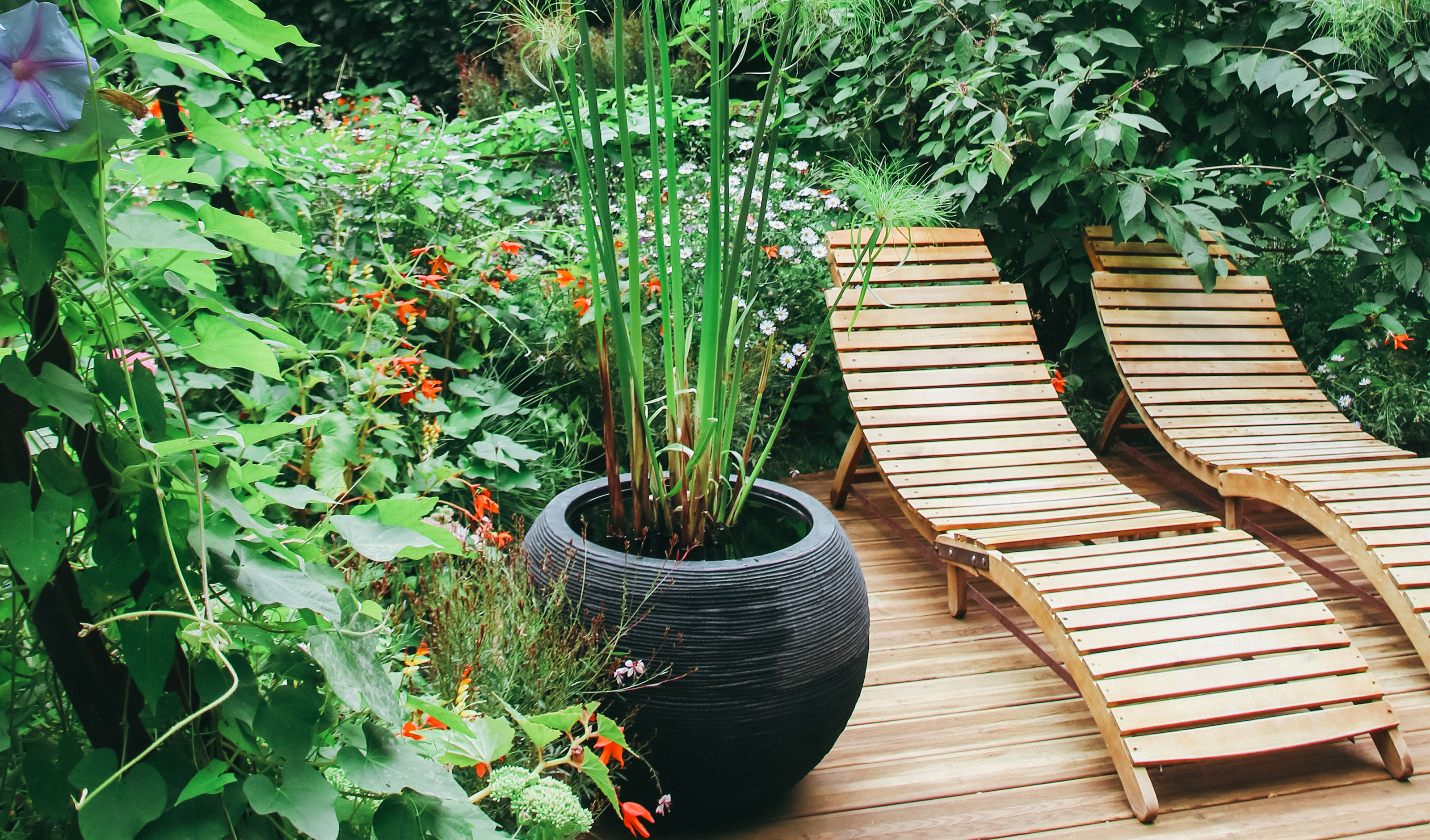
When you think of Feng Shui, you may associate it mostly with your indoor space. However, the same principles can be used outside to promote good garden Feng Shui for a positive flow of energy in all areas of your home surroundings.
Feng Shui is all about balance and inviting positive Chi (energy) into your life. This is said to be mostly done by tapping into the five Taoist elements of this ancient Chinese traditional practice, those being: wood, fire, earth, water and metal. Aside from being naturally aesthetically pleasing, good garden Feng Shui is thought to improve prosperity, vibrancy and wellbeing, complementing your lifestyle, so we're here for it.
Eddie Tee, a long-time Feng Shui practitioner and Fengshuied.com blogger notes how 'In feng shui, the garden can play a prominent role towards the nature of energy that a residence receives. The design and planning of the garden can also be sculpted to draw in particular forms of energy to aid particular aspects of life.'
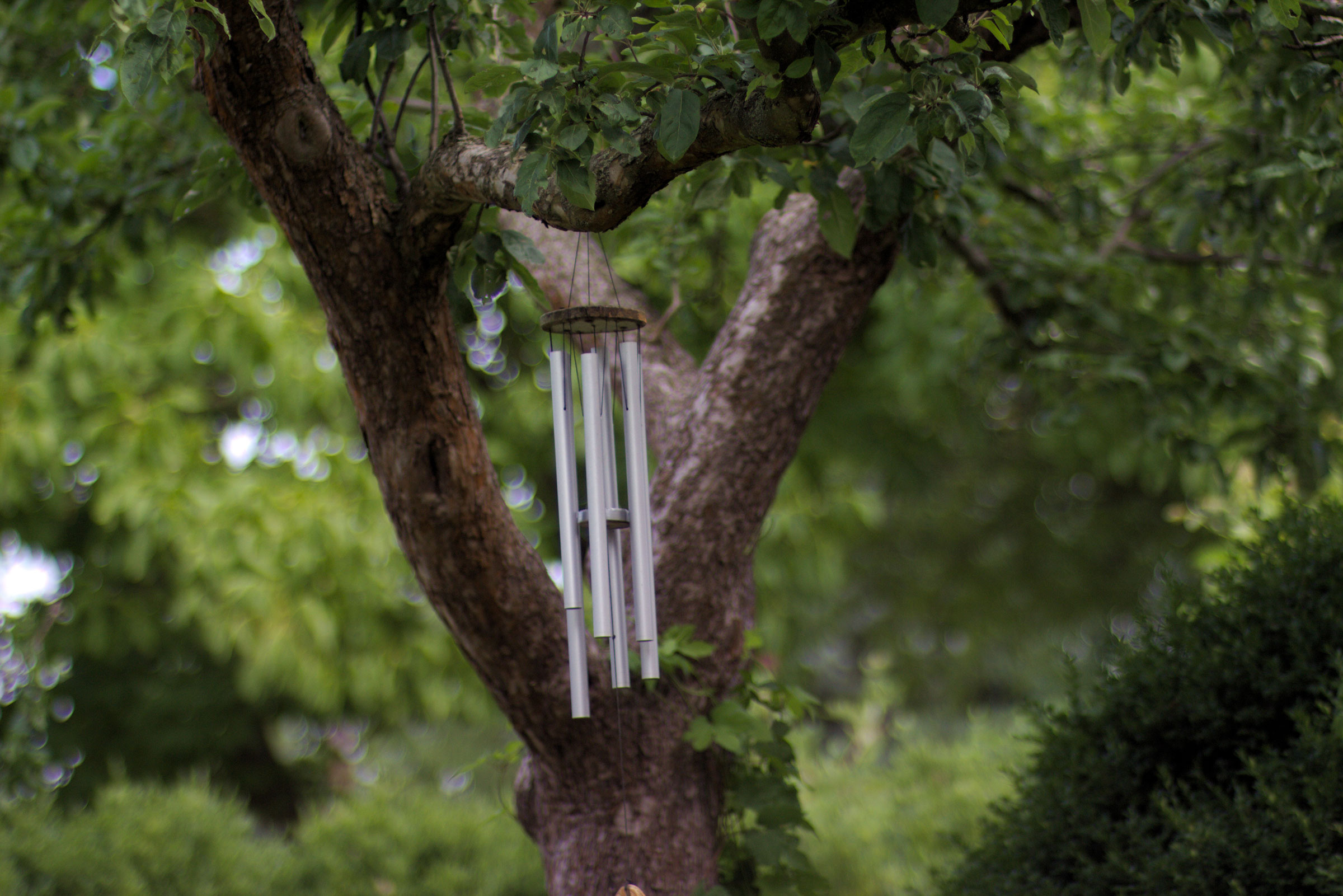
Whether you're designing a garden from scratch and want to keep Feng Shui in mind or simply want to edit your existing space to make it more inviting, it's all about how your yard space makes you feel.
One way to go about it is to consider the areas of your life where you want to focus your energy. You don't have to commit to working on every single element but rather on making a few mindful edits that suit you.
Robert Xiong, Vego Garden Founder notes how 'The concept of feng shui is to have a positive essence. Some may say to each their own, as a feng shui environment may be different person to person, but here are some general tips that will set you up for your perfect flow.'
1. Arrange your garden to suit your energy needs
If you want to add more positive energy to your garden, you could look to the bagua map, known as the Feng Shui energy map, often used for floor plans and consisting of nine key areas with the central part representing overall wellness.
Get small space home decor ideas, celeb inspiration, DIY tips and more, straight to your inbox!
'The full list of bagua areas are wealth, fame, family, marriage, health, children, knowledge, career, and travel.' Says outdoor and indoor gardening expert for National Greenhouse, Tom Hilton,
Having a visual map can make it simpler to focus on one area at a time as each bagua is associated with an element. 'For example, with health, the wood element is associated. The map also gives you a geographical guide to help you place objects related to each area and element.' To ensure that you fill the different areas of your garden or yard – big or small – in a way that matches your goals and intentions.
Being discerning with your planting and color scheme as well as your furniture choices can all play a part in creating the right energy and enhancing the flow of Chi in your garden.
2. Include the five Taoist elements
Richard Fung, owner of Forever Homes notes how 'The five different elements of Feng Shui can be incorporated in a garden with different objects and plants.' They are: Earth, Wood, Water, Metal and Fire.
Earth: Clay flower pots, rocks and boulders, soil.
If you don't have much room to play with, keeping a small container garden with soft herbs and a simple single color scheme can be a positive addition to your outside space. If you have a larger yard, installing a rockery could add a lovey architectural element to your garden also.

Wood: Bench, Planting boxes.
Wood is linked to health and appears in the east part of the bagua map. It's an element that creates enthusiasm and positivity so you want to make sure there is no diseased foliage in the area then look to add wooden borders and planters for flowers.
Water: Birdbath, fountains, ponds and pools.
Installing a pool or a water fountain can promote positive Feng Shui in an outdoor space. Matthew Boland, a designer at MMB Studio notes how 'In feng shui philosophy, water is a symbol of wealth, and a garden should include a pond, swimming pool, or waterfall.'
On the bagua map, water elements should be reserved to the northern area of your garden and are related to your career. Hilton notes 'choosing dark colours, as these will apparently help you harness luck in this area of your life. Think water features, fountains, fonts, wells, bird baths and stone features to combine the dark colours and water element.'
3rd gen Old Chinese Feng Shui expert Clara Leung also recommends including water for good garden Feng Shui, especially if you have a small garden, saying how 'Adding a small Feng Shui water fountain will give you a feeling of space in a tiny garden.'

Metal: arbor, planters, wind chimes,
To nod to the metal element in your garden, according the bagua map these should be the focus in the north west area of your yard, representing travel and making new connections with people. Hilton adds how 'You’ll want to provide a social set-up that’s tranquil and open, using metallic colours. You may want to add metallic accessories to your greenery and trees too, like windchimes, fairy lights and decorations.' Consider simple, metal patio furniture with a delicate wind chime or two above for ambiance.
Fire: Fire pit, lights, lanterns.
Fire is typically located in the southern area of a bagua map and Hilton highlights this as the place where fame and success should be the focus. 'A great fire pit is a definite suggestion. This area could be your outdoor campfire or BBQ space. Think bright, warm colours and lanterns.' So installing festoon lighting and other fiery, vibrant outdoor lighting to your garden can help bring more positive vibes in.

3. Use soft contours and landscaping
From flower shape and form to pathways and landscaping, choosing soft and fluid finishes should help promote a positive movement of good energy through your outside space. Place retaining walls, round planters and more strategically to direct Chi where you'd like it to gather. Bond notes how 'Gently curving pathways or landscape elements are critically important in your Feng Shui garden, as straight lines are rarely present in nature.'
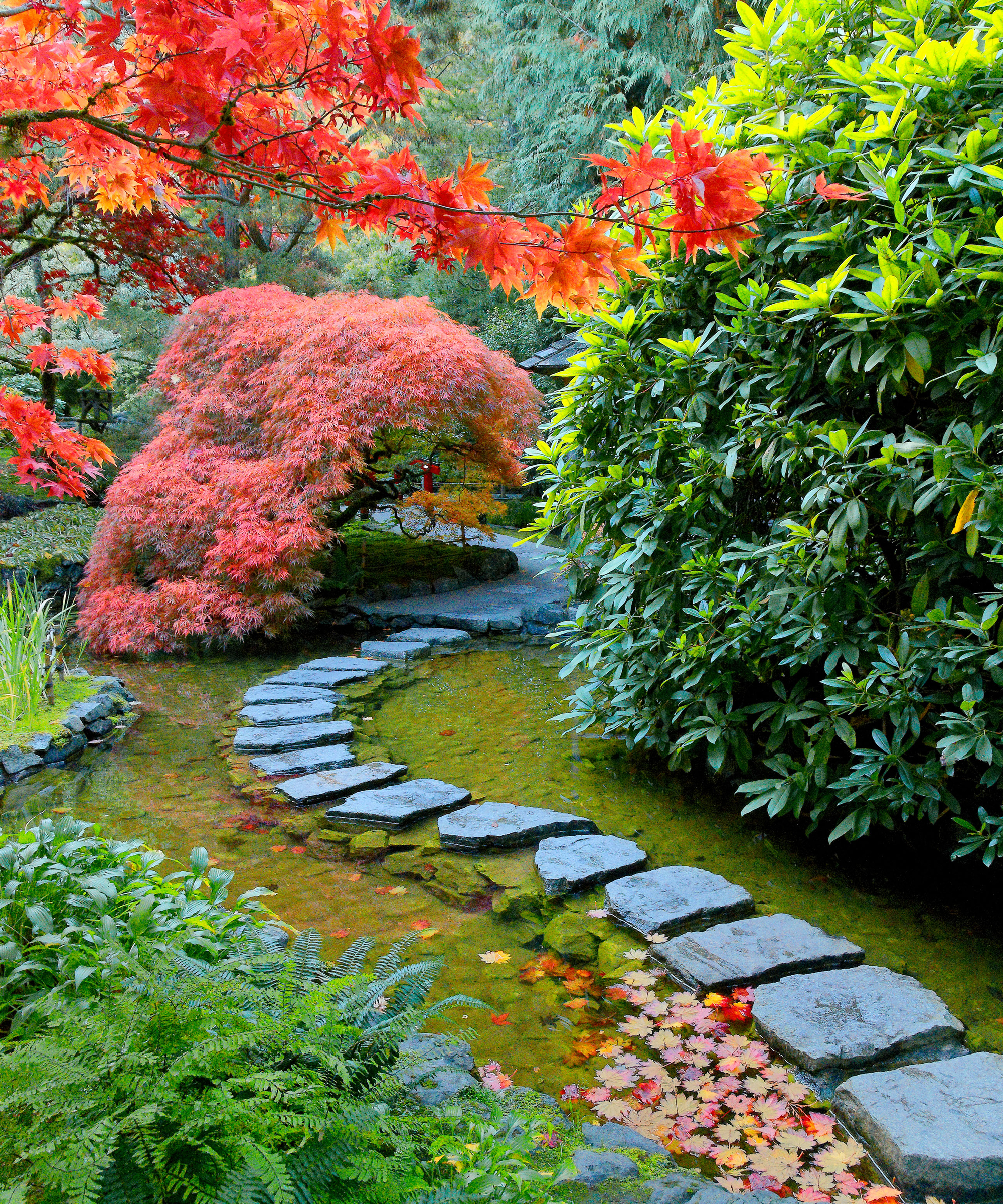
Xiong adds that 'For a good yard design, there should be a clear path of walking space to get you from point A to B in a smooth, enjoyable manner.' Noting how nothing should feel dark or crowded.
Much of that will be to do with how much space you have, but no matter how big or small your yard is, remember to be minimal with what you keep and to ensure everything is in proportion.
4. Plant for positivity
When choosing plants for your garden, first off, you'll want to try and rid your garden of any existing greenery that may actually be blocking the flow of Chi and that may be destructive to a good balance of yin and yang.
Feng Shui and nature go hand in hand but even so, there are some bad Feng Shui plants to avoid including in and amongst your greenery. Leung says how 'Lots of spiky plants such as cactus with less soft-looking plants, even if there are flowers surrounding' can be a tell-tale sign of bad garden Feng Shui in an outdoor space.
Leung also notes how 'Inappropriate layout of plants with insufficient protection of Feng Shui' can disrupt the flow of Chi as deceased and dying plants will negatively impact the health bagua.
She says: 'Trimming off dying leaves is most important of all. Surroundings with a ton of yellow/dead leaves will make you feel choked when you are in a small garden.'
So if your Sago Palm is turning yellow, try to fix it and of course, generally speaking, think about whether the plants you have chosen are totally appropriate for your space and for the climate you live in.
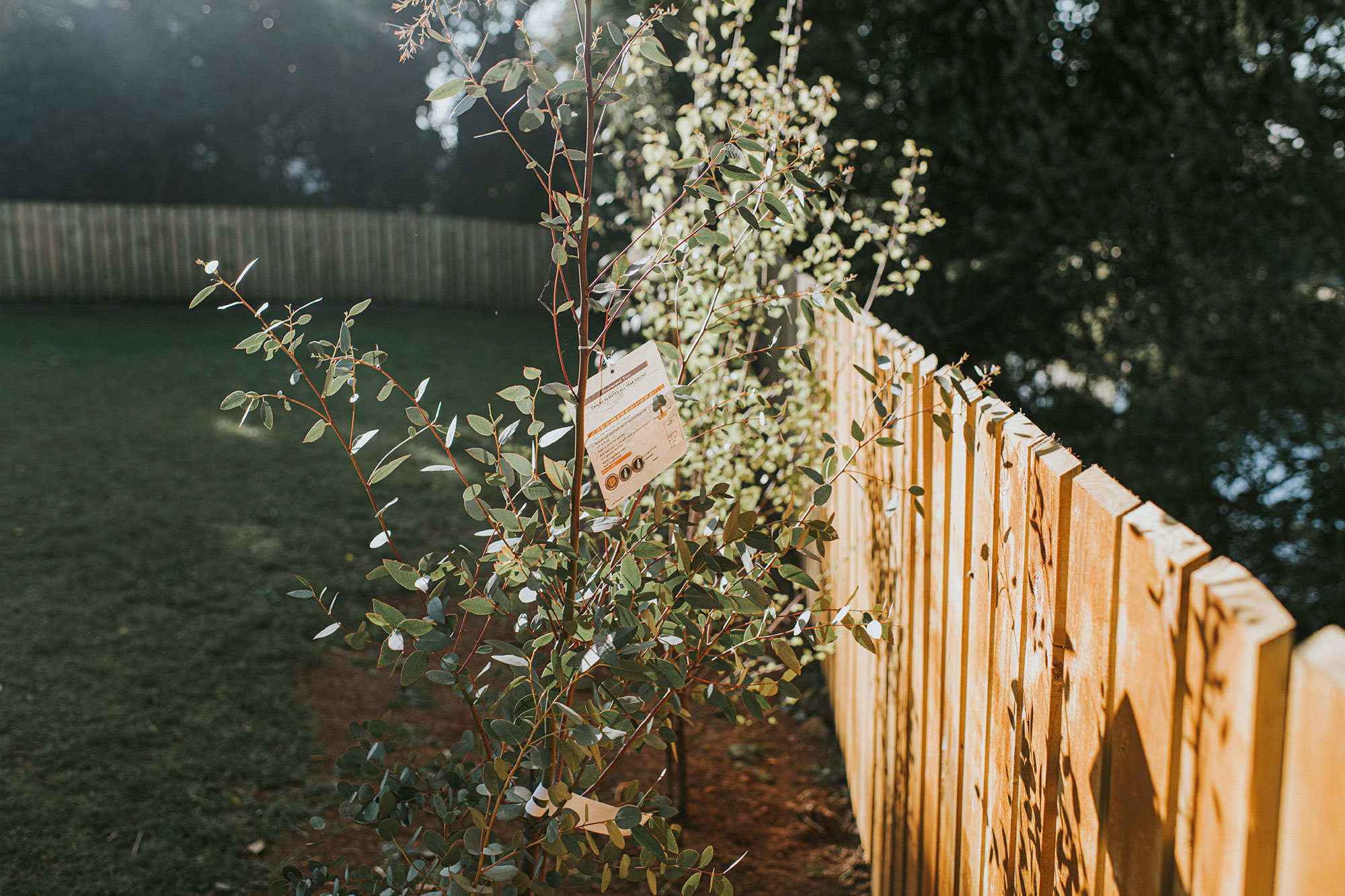
Mr Tee notes the importance of creating good Feng Shui in your front garden also and that when it comes to choosing the right greenery, 'There are typically a huge number of plants that are suitable for home gardens. Those that are most popular for front doors for example, are iron tree and golden pothos'.
Other plants to favor include Gourd, the fruit of which is said to imprison ghosts, Ginkgo wood, which helps to control spirits, Cypress trees and Mugwart. Ideally you want to choose a variety of trees, annuals and perennials. Bamboo and orchids are also positive options for Chi.
5. Select calm feng shui plant color combinations
Fung recommends choosing garden plants in the right 'Feng Shui' Colors for you and your space, for more positive energy.
'Flowers of the right colors fill you with pleasure as you look at them, and they reflect positive energy back to you. Different colors represent different levels of energy and affect your mood and feelings. For example, cool colors like white and purple come with a soothing effect and hot colors like bright yellow and red increase your energy level.'
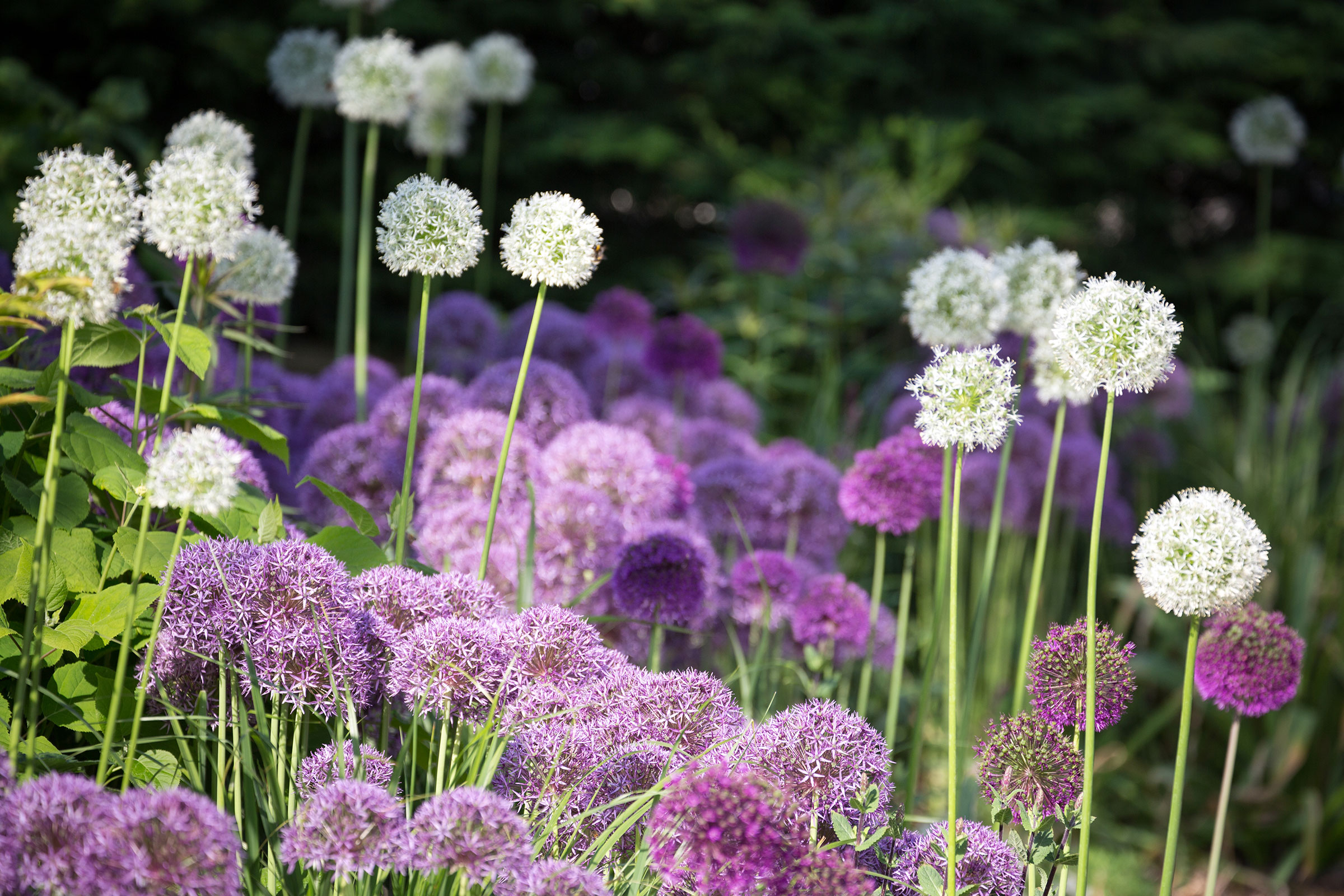
Earthy colors like greens and browns, may be representative of the earth element and promote grounding and caring energy. But, Fung notes however the importance of not mixing cool and bright colors for good balance, sticking to a linear scheme where possible.
'While both types of colors can suit a Feng Shui garden, they should never be mixed in the same garden.
According to Feng Shui, "yin" colors are healing and relaxing. These colors include white, purple, blue, and black.
Yang colors on the other hand represent wood and fire elements. They generate enthusiasm, motivation, and positive energy. These colors include yellow and orange.'
Xiong encourages us to 'Try and go for lighter colored, wood or metal garden tools- even a light, colorful pattern.'
6. Maintain a connection with your home
For harmony in your entire home surroundings, you may want to create a link between your outside space and the exterior surfaces and look of your home. Creating synergy between your inside space and outdoor living space, within nature.
Lacy Hughes or Julian Design notes how 'The upholstery and accents for outdoor furniture should be a nod to both the architecture and color palette of the home while referencing the nature around, and any water feature that may exist. Using fabric and hard materials that reference the color of the house itself is a great way to do this. You can also use items like an area rug to tie in the colors outdoors, and of course accent pillows that touch on any beautiful landscaping around.'
You could consider painting the exterior of your house in a color that complements your planting scheme or vice-versa also. Boland notes how 'The color of a house can align with Feng Shui principles as well. A home color that harmoniously blends in with the elements around it, “both natural and manmade.'
This means your color should harmonize with the nearby houses and the trees or other natural features. It does, however, need to stand out enough to attract positive energy.
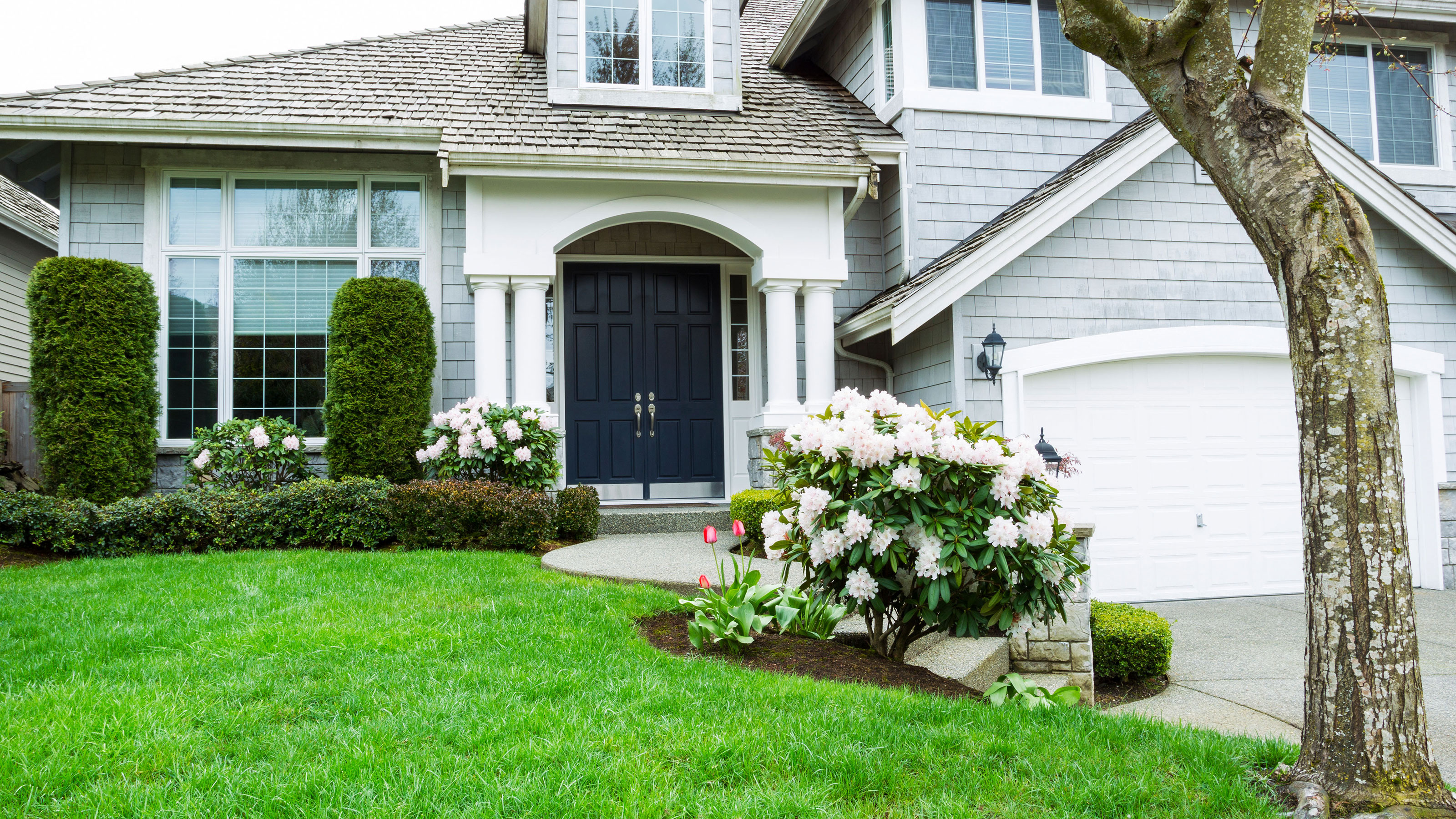
How do I Feng Shui my garden?
Xiong says 'Try to mix a variety of plants to make it more exciting. If you have mainly a vegetable garden, throw some of your favorite flowers here and there to lighten up the mood and produce positive energy.
People tend to purchase more than what is needed, which will make the layout very crowded and overwhelming.
Only get what you will need every day, remember less is more in the design.
At the end of the day, Feng Shui doesn't just bring organization, it provides you with an enjoyable garden experience. Gardening should be an oasis!'

I'm Cam, the former deputy editor of Real Homes who worked on the site from 2020 to 2023. As a renter myself, sharing a home with two friends (and my cat) in London, I know all too well the challenges that this can pose when it comes to creating your perfect setup. As someone who has always loved everything interior design-related, I cannot rest until a home feels right and I am really passionate about helping others get there too, no matter what their living situation, style, or budget may be. It’s not always the easiest to figure out, but the journey is fun and the results are so worth it.
After interior design, travel, art, and photography are my next big passions. When I’m not writing or editing homes content, I’m usually tapping into other creative outlets, exploring galleries in London or further afield, taking photos, scribbling, or drawing!